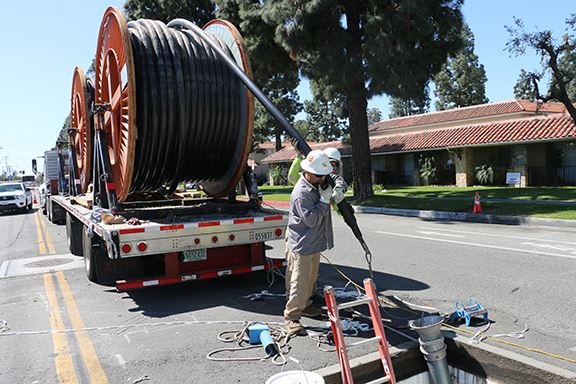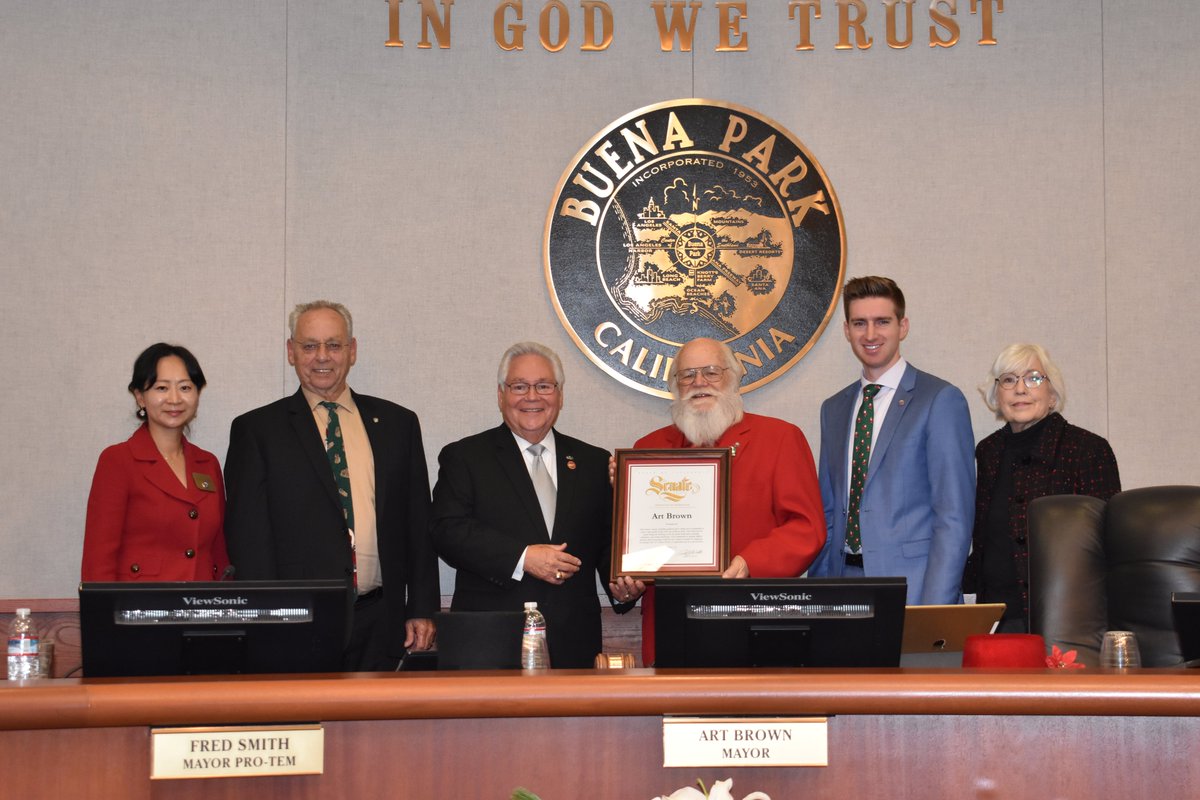Locally-produced carbon-neutral renewable fuel harnesses wasted energy, reduces greenhouse gas emissions and conserves landfill space
Southern California Gas Co. (SoCalGas) and waste management company CR&R Environmental (CR&R) today announced they are now injecting renewable natural gas produced at CR&R’s anaerobic digestion facility in Perris, Calif., into SoCalGas pipelines. This is the first renewable natural gas produced within California to be introduced into SoCalGas’ pipeline system. Renewable natural gas is a carbon-negative fuel produced from waste that can be used in trucks and buses, to generate electricity, fuel heating systems in home and businesses and for cooking. The renewable natural gas from CR&R’s digestion facility is used to fuel about 400 of CR&R’s waste hauling trucks.
“SoCalGas is committed to delivering cost effective solutions to our customers that both reduce emissions linked to climate change and keep energy bills affordable,” said Sharon Tomkins, SoCalGas vice president of customer solutions and strategy. “The relationship with CR&R is a great example of a smart investment by CR&R that delivers immediate and meaningful air quality improvements to communities and reduce greenhouse gas emissions in the state.”
“California is transitioning to low-carbon transportation fuels and zero emission vehicles in order to meet our climate change goals, clean air standards and petroleum reduction goals,” said California Energy Commissioner Janea A. Scott. “There are multiple pathways to reduce and eliminate pollution from our transportation sector. The Energy Commission is pleased to invest in projects like CR&R’s anaerobic digestion facility to help demonstrate one of these pathways and to grow in-state production of low-carbon transportation fuels.”
“We need clean fuels to achieve clean air,” said Wayne Nastri, executive officer of the South Coast Air Quality Management District. “This local production and distribution of renewable natural gas will reduce our dependence on fossil fuels and enhance our ability to reduce emissions from the region’s heavy-duty vehicles.”
CR&R is producing renewable natural gas using organic waste collected in Southern California cities’ green waste bins and processed in an anaerobic digester believed to be the largest and most automated in the world. This biogas is upgraded to the same standards and specifications of traditionally-sourced natural gas and then put into a new 1.4-mile section of SoCalGas pipeline.
Another source of renewable energy for California
As California policymakers have sought to expand the production and use of renewable energy, SoCalGas has been working to increase the amount of renewable natural gas produced in California and delivered to its customers. Renewable natural gas can be produced from the waste at landfills, wastewater treatment plants, food processing and dairies.
The collection of methane from landfills, wastewater treatment plants, agriculture and dairies is essential for California to meet the climate change and air quality goals outlined in existing law. That methane can then be used as renewable natural gas for transportation, home heating, hot water, cooking, industrial uses and to generate electricity.
Consumer preference polls support the increased production and use of renewable natural gas. Research shows nine out of ten California families use natural gas in their homes and prefer it by a margin of 4 to 1 over electricity. In addition, strong majorities of consumers—nearly 80 percent—prefer to use natural gas for cooking in their homes, and nearly two-thirds of consumers believe gas is their most affordable energy choice. According to the American Gas Association, households that use natural gas for water and space heating, cooking and clothes drying save an average of $874 per year compared to homes using electricity for those applications.
In addition, unlike solar and wind energy, renewable natural gas is available when needed—day or night—for use in homes or electric generation.
Renewable natural gas from other states has already begun to clean the air and reduce greenhouse gas emissions in California’s transportation sector, which accounts for more than 80 percent of smog forming emissions and about 40 percent of greenhouse gas emissions in the state. The latest generation of natural gas engines for heavy duty vehicles can reduce smog-forming emissions by more than 90 percent. When fueled with renewable natural gas, they can reduce greenhouse gas emission by 80 percent or more. Already, more than 60 percent of natural gas trucks in California are fueled by renewable gas delivered by SoCalGas pipelines.
For more information on renewable natural gas, go to: socalgas.com/smart-energy.











